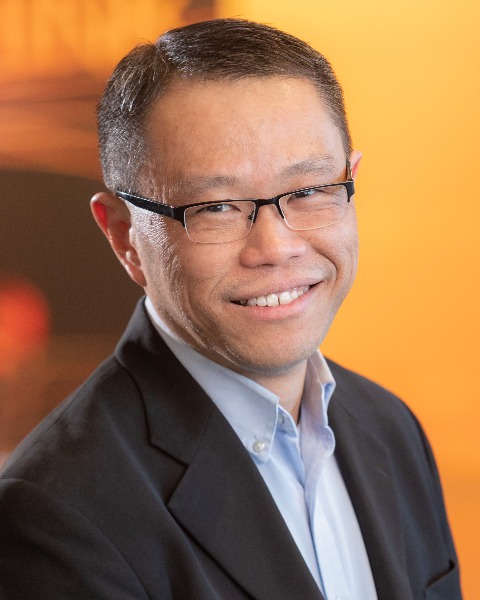Imaging
Motion compensation in 3D MRI-US fusion using fast deformable registration – A feasibility study for realtime intervention

Desmond Teck Beng Yeo, PhD, MBA
Technology Manager, MRI & Superconducting Magnets
GE ResearchDisclosure(s): General Electric: Management Position (Ongoing), Salaried Employee (Ongoing)
- JM
Jhimli Mitra, n/a
Senior Scientist
GE Research - CB
Chitresh Bhushan, n/a
Senior Scientist
GE Research - SG
Soumya Ghose, n/a
Senior Scientist
GE Research - DM
David Mills, n/a
Principal Scientist
GE Research - HC
Heather Chan, n/a
Senior Scientist
GE Research - MT
Matthew Tarasek, n/a
Lead Scientist
GE Research - TF
Thomas Foo, n/a
Chief Scientist
GE Research - SW
Shane Wells, n/a
Associate Professor
Dept. of Radiology and Dept. of Urology, University of Wisconsin-Madison - SJ
Sydney Jupitz, n/a
Graduate Student
Dept. of Medical Physics, University of Wisconsin-Madison - BB
Bryan Bednarz, n/a
Associate Professor
Dept. of Medical Physics, University of Wisconsin-Madison - CB
Chris Brace, n/a
Associate Professor
Dept. of Radiology and Dept. of Biomedical Engineering, University of Wisconsin-Madison - JH
James Holmes, n/a
Research Assistant Professor
Dept. of Radiology, University of Iowa
Presenting Author(s)
Author/Co-author(s)
The heterogeneity of hepatocellular carcinoma may be better seen with Magnetic resonance imaging (MRI) compared to CT due to its high soft tissue contrast, providing precise tumor targets during therapy, while ultrasound (US) remains as the imaging modality for realtime guidance. Image fusion methods existing in clinical workflows involve rigid registration only and fail to compensate for liver motion in US. In this work, we present a hybrid deformable fusion method to align pre-interventional 3D MRI and interventional 3D US in real-time.
Materials and Methods:
Multimodal pre-interventional MRI (pMRI) and US (pUS) volumes were obtained from 3 human volunteers using a simultaneous MRI-US acquisition system, with an MR-compatible, hands-free US probe {1}. pMRI and pUS volumes were aligned using conventional deformable registration, as it is not time critical. Deep-learning (DL) based registration was used for real-time fusion of pUS to iUS, and consecutive iUS volumes in near realtime. The predicted DL deformation fields were used to deform the pMRI to match each US volume. US data with respiration were collected at a temporal resolution of 4.2 volumes/sec. 1600 US volumes from one volunteer was used for DL training. The hybrid deformable registration method was evaluated for pMRI & 20 US volume alignments for each volunteer. Mean Euclidean distance error between expert placed landmarks & predicted positions of landmarks after image alignment were computed.
Results: Table 1 shows the mean landmark error (LE) and computation times for the hybrid (HDR) & conventional deformable registration (CDR) method aligning pMRI & 20 US volumes.
Conclusion:
Feasibility of a multimodal hybrid deformable registration method with clinically acceptable registration accuracy and low latency was shown. The method for motion compensation may improve tumor targeting in interventional procedures including liver ablation.

.jpg)
.jpg)
.jpg)
.png)
.png)
.png)
.png)
.png)
.png)